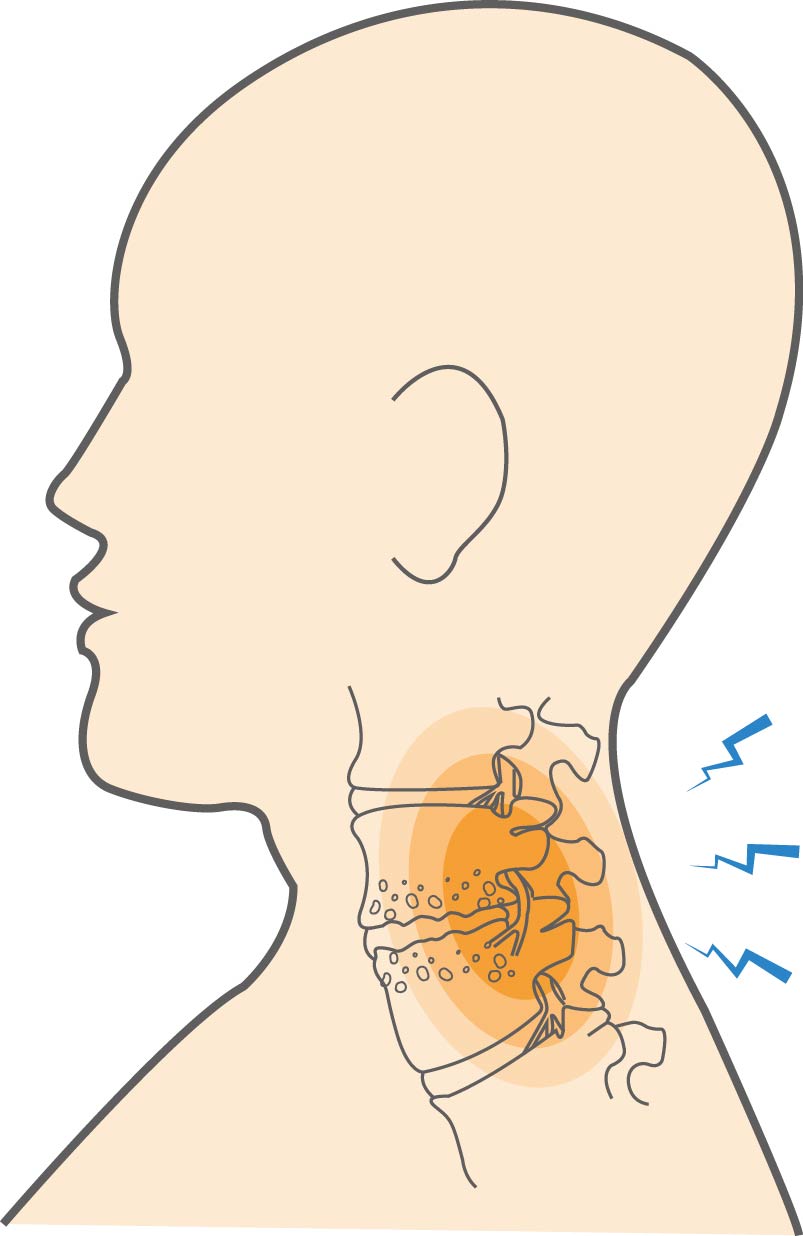Cervical spinal stenosis in the neck is a common problem characterized by a narrowing of the space surrounding the spinal cord, called the spinal canal. This condition is often referred to as neck stenosis. Inflammation or spinal cord compression from one of the spine’s structures can decrease space in the spinal canal, placing pressure on the spinal cord. Pressure on the spinal cord can cause symptoms in different body parts, particularly the arms and legs, such as arm tingling or arm weakness. Cervical spinal stenosis can lead to injury of the spinal cord in the neck region, which is called cervical myelopathy. This compression may also result in cervical nerve pain that radiates through the arms and shoulders.
Most people with cervical spinal stenosis are over the age of 50. Though degenerative changes can cause spinal cord compression in younger people, other causes need to be considered, such as trauma, congenital spinal deformities such as scoliosis, or a genetic disease affecting bone and muscle development throughout the body.


